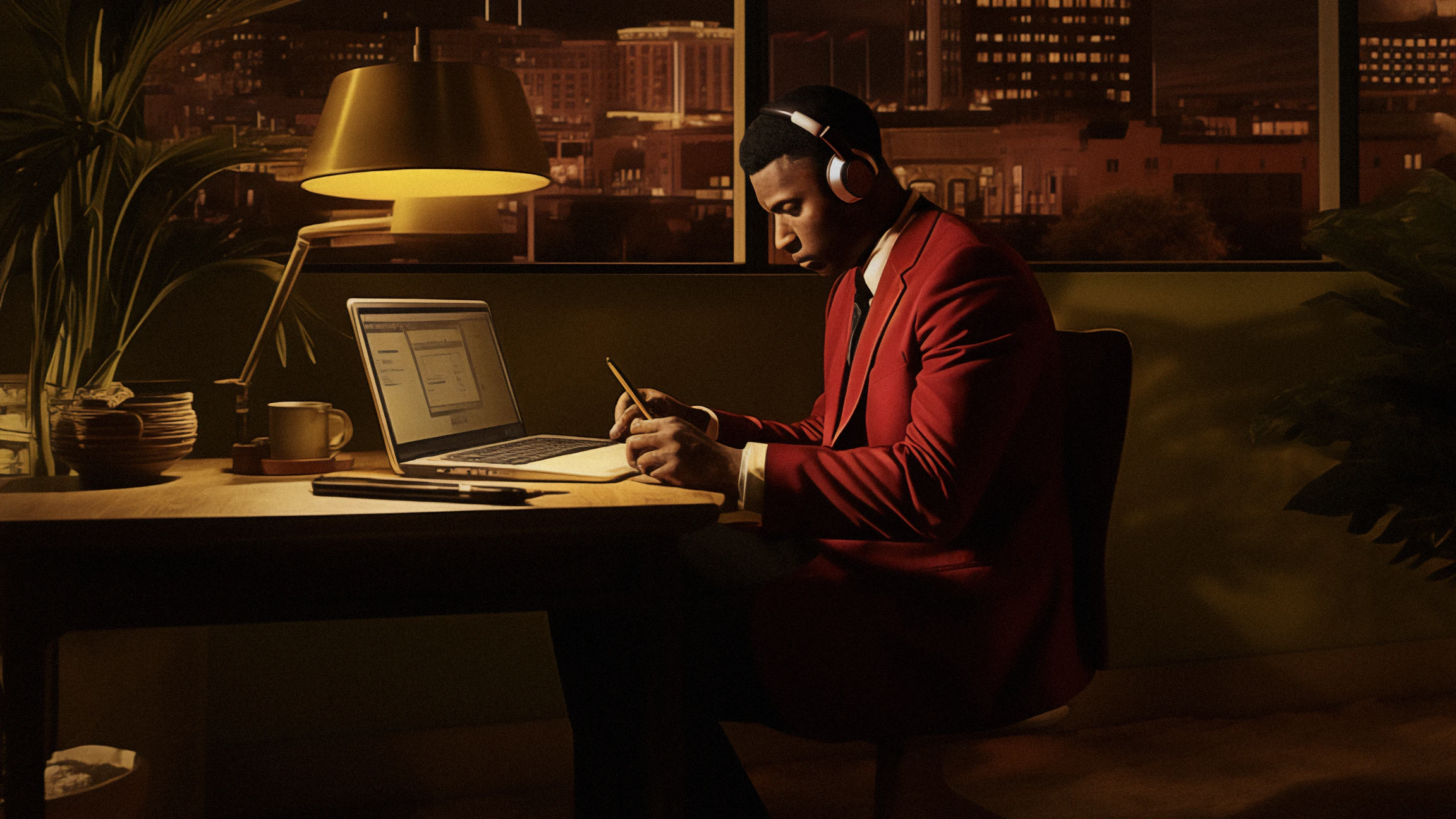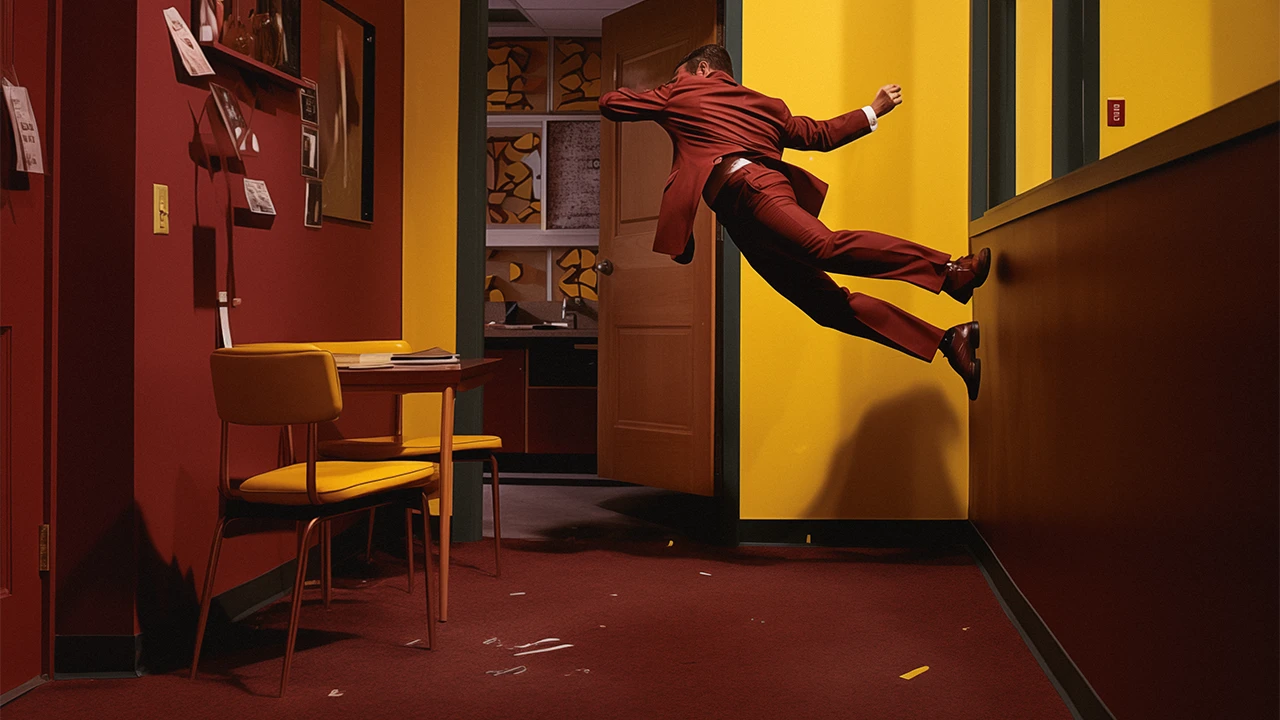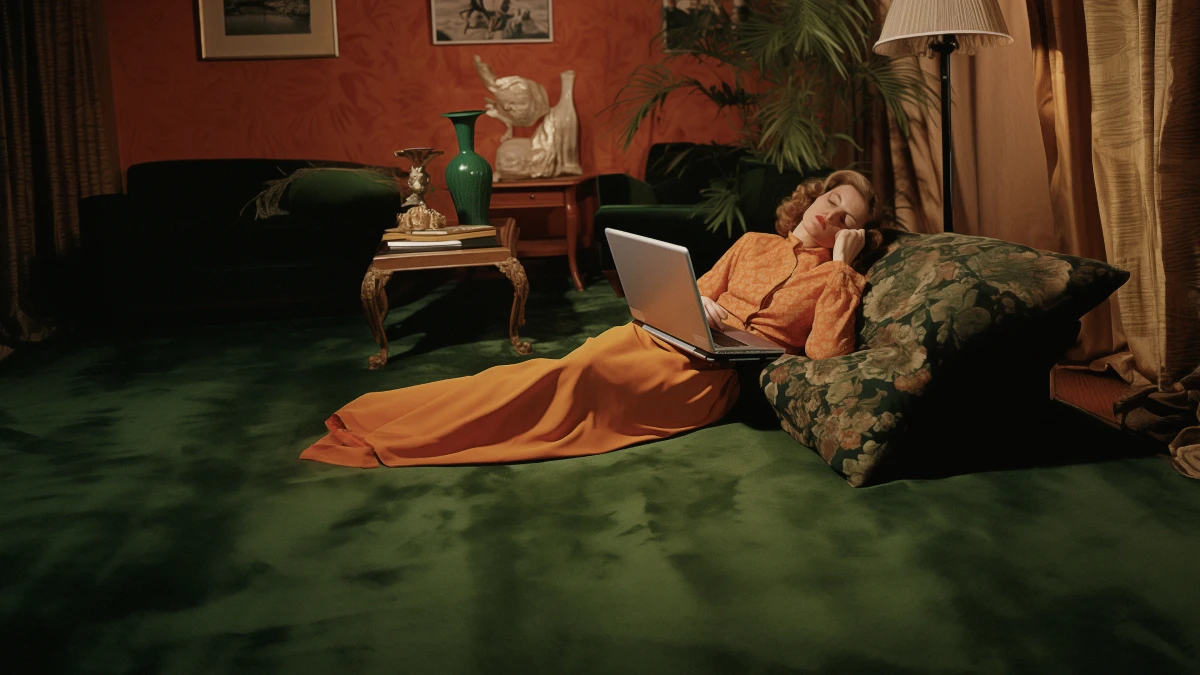Opinion
Designers should write
Wouldn't it make sense to craft the words that we're designing?
December 13, 2023
By Mike Stilling

In this article:
The discourse around whether designers should code has been exhaustively explored, but what if we’ve been focusing on the wrong aspect all along?
Especially for designers who lament their lack of influence at the decision-making table, how does coding tie into the crucial early stages of strategy and planning?
More often than not, designers find themselves executing ideas conceived by marketing, sales, project managers, or product managers. In this scenario, a designer’s autonomy is often limited to the tolerance for visual embellishment that these stakeholders possess.
Why Should Anyone Listen to Designers?
Is there a compelling reason for other departments to heed meaningful advice or direction from design? After all, we just create images and tweak colors, fonts, and button sizes, right? What insight do we have into finding strategic approaches to boost revenue?
In contrast to engineers, we don’t typically create tangible products. This means we lack the authority to critique ideas based on feasibility and functionality alone, leaving us with a less substantiated voice in those discussions.
Moreover, we continually diminish our value by fixating on seemingly trivial matters. How often have we heard designers discussing layer naming in Figma, design tokens, or design systems 🙈?
While some of these elements may save time and dollars for the company, their value in terms of outcomes is often questionable.

Finding Relevance
That being said, we should possess valid opinions beyond just text and box styling. While Marketers are often considered to be closest to the customer, designers are simply stereotyped as being trend-focused.
“labeling designers as trendy does a disservice, reducing us to mere aging hipsters”
However, simply labeling designers as trendy does a disservice, reducing us to mere aging hipsters. What if we deconstruct trends and delve into the process of staying up-to-date with them? Here, we uncover where our understanding becomes relevant to broader business decisions.
Understanding Trends
Being trendy entails more than being the first to know about a band; it involves understanding the direction in which culture is heading before it arrives. This comprehension includes knowing what currently piques people’s interest and predicting how behaviors will change in the future. It’s anticipating how the world will communicate and where it’s headed.
Hipsters at Work
In a landscape where marketing is “closest to the customer,” sales is “closest to revenue,” and engineering is crafting products, where does design fit in from the outset?
Designers, at this junction, offer meaningful insights into what will engage people, extending beyond surface-level aesthetics.
Falling Short
As designers, we often add visual flair to communication but overlook the substance of the words themselves. The existence of Lorem Ipsum suggests our indifference to substance. Our reluctance to engage in writing for the designs we create implies a lack of understanding of the product, audience, and messaging needed for engagement.
“The existence of Lorem Ipsum suggests our indifference to substance.”
This poses a problem as it rightfully excludes us from high-level discussions. To earn a voice in such discussions, we must take more responsibility for what we design.
Our audience needs to be captivated not just by the visuals but also by the words. In fact, the words are arguably more critical as they necessitate the visuals.
Stop Turd Polishing 💩
To extend our knowledge of trends to business and secure a seat at the decision-making table, we must cease to be satisfied with polishing up other departments’ work. Design must advocate for what is and will be engaging while challenging fundamental concepts when necessary.
Okay, that might sound dramatic and somewhat impossible. So, how do we achieve this without being offensive and destructive to existing organizational structures and relationships?

Design Copywriting
Returning to Lorem Ipsum, let’s stop using it. If the copy isn’t written, start writing it. Even if it is, and you don’t like it, change it.
While every department gets to scrutinize our work, design is ours—and words are a crucial part of design. These actions don’t demand much effort in the grand scheme, but the results of taking ownership and a firm stance over the content your designs hold within them can be substantial.
Gain Access
Copy generally serves as the purpose and reasoning behind a design solution. By trying our hand at copywriting, we begin directing our own work in a meaningful, high-level way.
Writing content for designs forces us to dissect and organize what’s intriguing about the products we’re trying to sell in a compelling way. Simultaneously, we account for how it will play out visually (since we’re also a designer).
This process results in a well-formed opinion on how our company can market and sell the product better. Armed with these opinions, insights, and designs, we can start wedging our foot in the door to higher-level conversations.

Keep it Collaborative
Designers aren’t necessarily copywriting wizards. Initially, the person responsible for copywriting may feel a bit uncomfortable with the shift. They might sense an overstep.
When presenting work with this approach, thoroughly explain why the content was structured and written the way it was. Emphasize that the content is flexible and open to change.
By clarifying our logic and being receptive to feedback on the written content, the action feels more directional and constructive—which is our goal.
Recap
It’s time to shift from being passive executors to active contributors in high-level decisions. By copywriting our own designs, we take charge of the work. No more settling for superficial enhancements—we’re breaking free from the role of polishing others’ turds.
So farewell to Lorem Ipsum; let’s embrace the power of words. Design is not just about aesthetics; it’s about crafting compelling narratives. We can still take that seat at the decision-making table. Design can and should go beyond the visual—shaping minds and markets.

